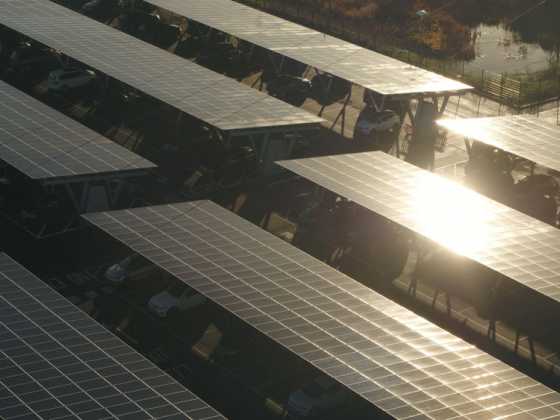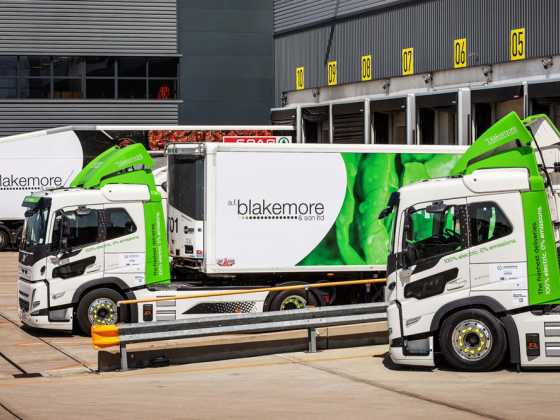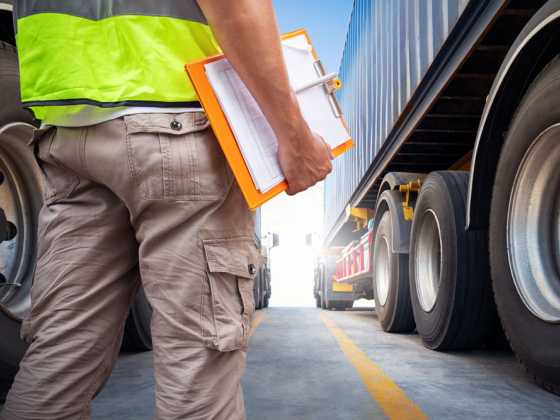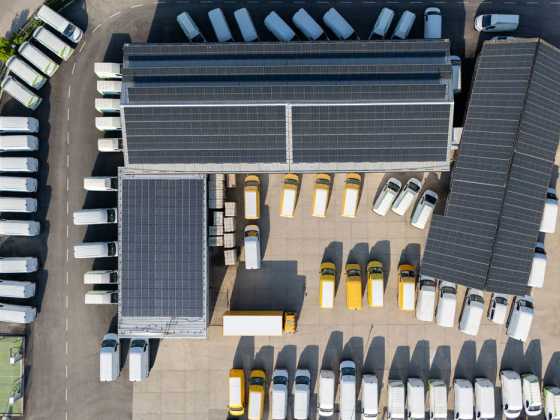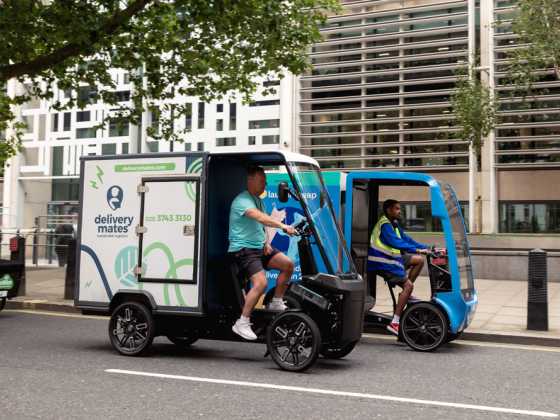All hail hydrogen
With Europe required to reduce its carbon emissions by up to 40 per cent by 2030, hydrogen gas is just one sustainable transport solution answer. GreenFleet looks at the state of the European hydrogen sector and the developments happening to spread the roll-out of the technology
 Earlier this year, the UK government announced it would invest £6.6 million in a hydrogen infrastructure. With the aim of encouraging the take-up and increasing the use of fuel cell vehicles, a network of 12 static and mobile hydrogen refuelling stations would be set-up or upgraded. The move was welcomed by the motor industry, and as major manufacturers such as Hyundai and Toyota start to or look to sell fuel cell models in the UK, the announcement was a timely one.
Earlier this year, the UK government announced it would invest £6.6 million in a hydrogen infrastructure. With the aim of encouraging the take-up and increasing the use of fuel cell vehicles, a network of 12 static and mobile hydrogen refuelling stations would be set-up or upgraded. The move was welcomed by the motor industry, and as major manufacturers such as Hyundai and Toyota start to or look to sell fuel cell models in the UK, the announcement was a timely one.
HyFive project
It follows the €38m European Hydrogen for Innovative Vehicles (HyFive) project which aims to introduce 110 fuel cell electric vehicles (FCEVs) onto the roads of Europe in several key locations. In the UK, the Mayor of London’s Office is the key player, while fuelling companies such as Air Products, the Copenhagen Hydrogen Network, ITM Power, Linde and OMV have also given their backing to the initiative. Even car makers such as BMW, Daimler, Honda, Hyundai and Toyota are on-board. These manufacturers aim to develop or are already selling hydrogen-powered vehicles. The sharing of internationally-agreed refuelling standards is just one expected benefit.
The benefits of hydrogen‑powered fuel cell electric vehicles themselves are myriad. Using hydrogen gas to generate electricity, only water vapour is emitted from the tailpipe. They are also potentially two times more efficient then conventionally‑fuelled vehicles and are very quiet when on the move. Refuelling times are shorter, too, and the technology is seen as easily upgradable to larger-scale commercial vehicles. Buses and trucks spend a great deal of time transporting passengers or cargo and therefore our local environment air quality should improve as more hydrogen‑powered vehicles come on-stream.
Hydrogen fuel hub
In the UK, London is unsurprisingly a hydrogen fuel hub with a handful of stations now operational, with buses, cars and commercial vehicles all using the network. Sites in Swindon and Aberdeen are in use for local councils, too, with Aberdeen City Council set to take delivery of two Symbio FCell Renault Kangoo ZE-H2 hydrogen fuel cell range extender vans. In Fyfe, FCEVs refuel with locally-produced hydrogen.
The UK’s £6.6m investment follows on from the UKH2Mobility project which started in 2012 and brought together businesses and government to implement a ‘roadmap’ for the widespread introduction of fuel cell electric vehicles and an initial hydrogen infrastructure network of 65 refuelling stations needed to support them.
Mainland Europe has made strident efforts to introduce hydrogen-fuelled vehicles. Refuelling stations are open in Finland (including one in the Arctic Circle), while Denmark aims to have a countrywide infrastructure by the end of the year. Belgium runs a small fleet of hydrogen buses in Antwerp, and the HIT2Corridors project has announced the inaugurations of hydrogen refuelling stations in Stockholm, Helsinki and Gothenburg.
Largest hydrogen fleet
In France, Air Liquide has installed a new refuelling station in Isère to allow the first users of the HyWay project to recharge their hydrogen vehicles. Tenerrdis, a new energy technologies cluster co-ordinates HyWay, the first French project to coordinate fleets of hydrogen-powered vehicles. In June, 21 Renault Kangoo ZE-H2 vans were delivered to Grenoble, the largest hydrogen-powered range extender EV fleet in Europe. A second refuelling station is expected to open in the city.
Also in France, The Energy Transition Law for the Green Growth has been adopted by the Constitutional Council. This sets out the main objectives of the new French energy model, including hydrogen. A 4m grant for the EAsHyMob project within the context of the Connecting Europe Facility Trans European Network for Transport (TEN T), the European Commission and the Member States has been given, to be implemented by Symbio FCell and supported by the Association Hydro Energy Data 2020. The Lower Normandy Region is expected to receive installation of 15 hydrogen refuelling stations.
Germany meanwhile has committed to a 400-strong hydrogen refuelling station network by 2023, 100 of which will be in place by 2018. The H2 Mobility Germany project aims to have a hydrogen refuelling station every 90 kilometres on motorways around ‘metropolitan’ areas by 2023, as will as 10 stations in each of these populated regions.
More affordable
Hydrogen technology is costly, but with more widespread coverage through an increasing number of available vehicles, that cost is expected to fall. This in turn will make the FCEVs themselves more affordable. It is hoped that the FCEV market will echo the rising trend displayed in the EV sector, which has seen registrations markedly rise in 2015. The roll-out of widespread networks will occur in phases and initially consist of cluster sites.
While this roll-out won’t happen overnight, with more refuelling stations established and an increased number of hydrogen‑powered vehicles on our roads, visibility of FCEVs large and small should increase. Spurring on yet more investment from both the private sector and governments, it is quite possible that the hydrogen age may well be about to be upon us.
Further information
www.ukhfca.co.uk
www.ulemco.com
www.ukh2mobility.co.uk
www.h2euro.org

